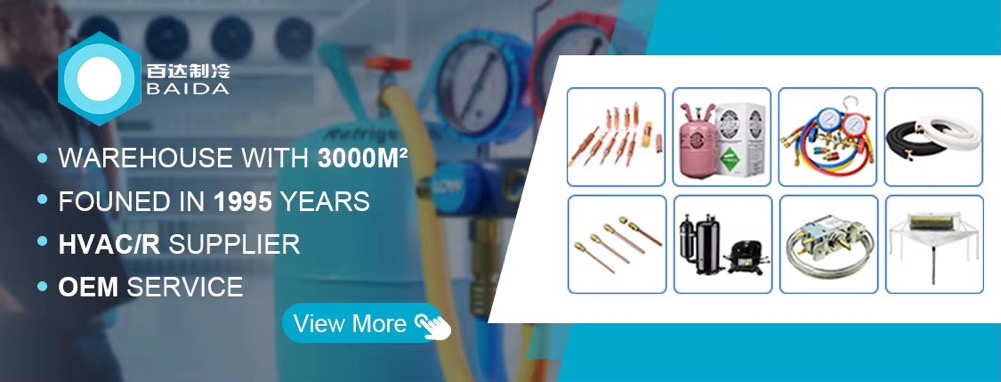The condensing unit is the core component of the refrigeration system. It is responsible for converting the high-temperature and high-pressure refrigerant gas discharged from the compressor into high-pressure liquid refrigerant through the condenser coil, completing the phase change process of "gas → liquid" and releasing heat to the external environment.
1. Working principle
Compression process: The refrigerant gas is adiabatically compressed by the compressor, and the temperature and pressure increase.
Condensation process: The high-temperature and high-pressure gas enters the condenser coil, dissipates heat through air/water circulation, and condenses into a high-pressure liquid.
Throttling process: The liquid refrigerant is depressurized by the throttle valve and becomes a low-temperature and low-pressure liquid.
Evaporation process: The low-pressure liquid absorbs heat and vaporizes in the evaporator to complete the refrigeration cycle.
2. Features
High efficiency and energy saving: Using scroll compressor + electronic expansion valve, the energy efficiency ratio (EER) is increased by 15%-20%.
Intelligent control: Supports variable frequency speed regulation, on-demand defrosting, remote monitoring, and optimized operation strategy.
Environmental protection: Some units use low-GWP refrigerants such as R404A to reduce carbon emissions.
Compact design: Modular structure, supports multiple units in parallel, and adapts to different load requirements.








